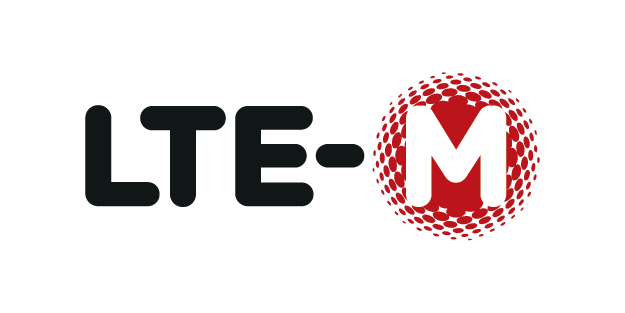Frequently Asked Questions
Spark NZ supports several LPWA and cellular networks for IoT and M2M. This page contains answers to many questions related to these topics, and do not hesitate to contact us if your question has not already been answered on this page.
What are Spark’s IoT/M2M Connectivity Options?
In addition to supporting M2M and IoT devices over our wired, optical, and 4G LTE cellular networks, Spark also operates two Low-Power Wide Area (LPWA) networks that are specialised towards IoT and M2M applications:
- LoRaWAN™ – Our long range, low-power wide area network for very low power applications.
- LTE CatM1 – A cellular-based IoT network which benefits from Spark’s extensive coverage, and offering higher data-rates than LoRaWAN.
Contact us to find & discuss the best solutions for your applications.
LoRaWAN Questions
In addition to the technical resources and tutorials provided by the LoRaWAN section of this site, we have grouped together LoRaWAN questions that we are frequently asked.
Can I use my non-AS923 “thing” with Spark LoRaWAN?
Devices must support the LoRaWAN AS923 regional specification to work correctly on the network. With some devices it may be possible to update its firmware to make it support AS923. More information can be found on the AS923 page and the Regional settings for developers page may be of use also, if you are developing your own firmware and/or hardware.
Is there Spark LoRaWAN coverage in my area?
We provide a coverage map to help answer such questions – but this map is what we expect the coverage to be, and is calculated using a coverage-predition model, so it will not be 100% accurate. And if Spark LoRaWAN coverage is not ideal in your area, we also offer coverage extension programs that can probably get you connected.
Can I use a Network Survey Tool to Help with Positioning my Devices?
We have a network survey application and there are many field test devices available, including:
and contact us to add the network survey application to your Spark LoRaWAN account.
How do I Send Downlinks to my Devices?
For devices that do not have downlink security enabled then you can issue a curl command of the form:
curl -H "Content-type:application/json" -X POST "https://api-au1.thingpark.com/thingpark/lrc/rest/downlink?DevEUI=3930323558376F03&FPort=01&Payload=65"but modified for you device, port, and payload. For more information see:
Will I be Billed for Repeatedly Activating Devices that I am Developing?
Spark offer a developer connectivity plan which does not charge per-activation.
Can I use an End-device that Manages its Own Data Rate?
Spark’s standard connectivity plan automatically manages the uplink and downlink data-rate of your devices, but for devices that move a lot then we recommend that you use our non-ADR CP. Contact us for more information.
Why are Not all Messages from my End-device being Received?
There could be many reasons for this, including poor coverage in your area, the end-device may need changes to where it is set up and oriented, there may be known issues with some devices, or perhaps there is interference on the radio channels that Spark LoRaWAN uses. Please contact us if you think there could be network problems in your area for one of our Spark networks.
LTE CatM1
Spark began the national CatM1 rollout in 2018 and is now in the process of bringing more devices, and enabling additional CatM1 features.
Are LTE-M, and CatM1 the Same Thing?
Yes they are. LTE-M was the taskforce, and CatM1 is the name of the resulting specification. For more information, see:
Is Spark CatM1 available right now?
Yes, Spark has enabled CatM1 nationwide. PSM feature on CatM1 has been enabled nationwide. Additional functionality such as eDRX on CatM1 is being considered for future release.
